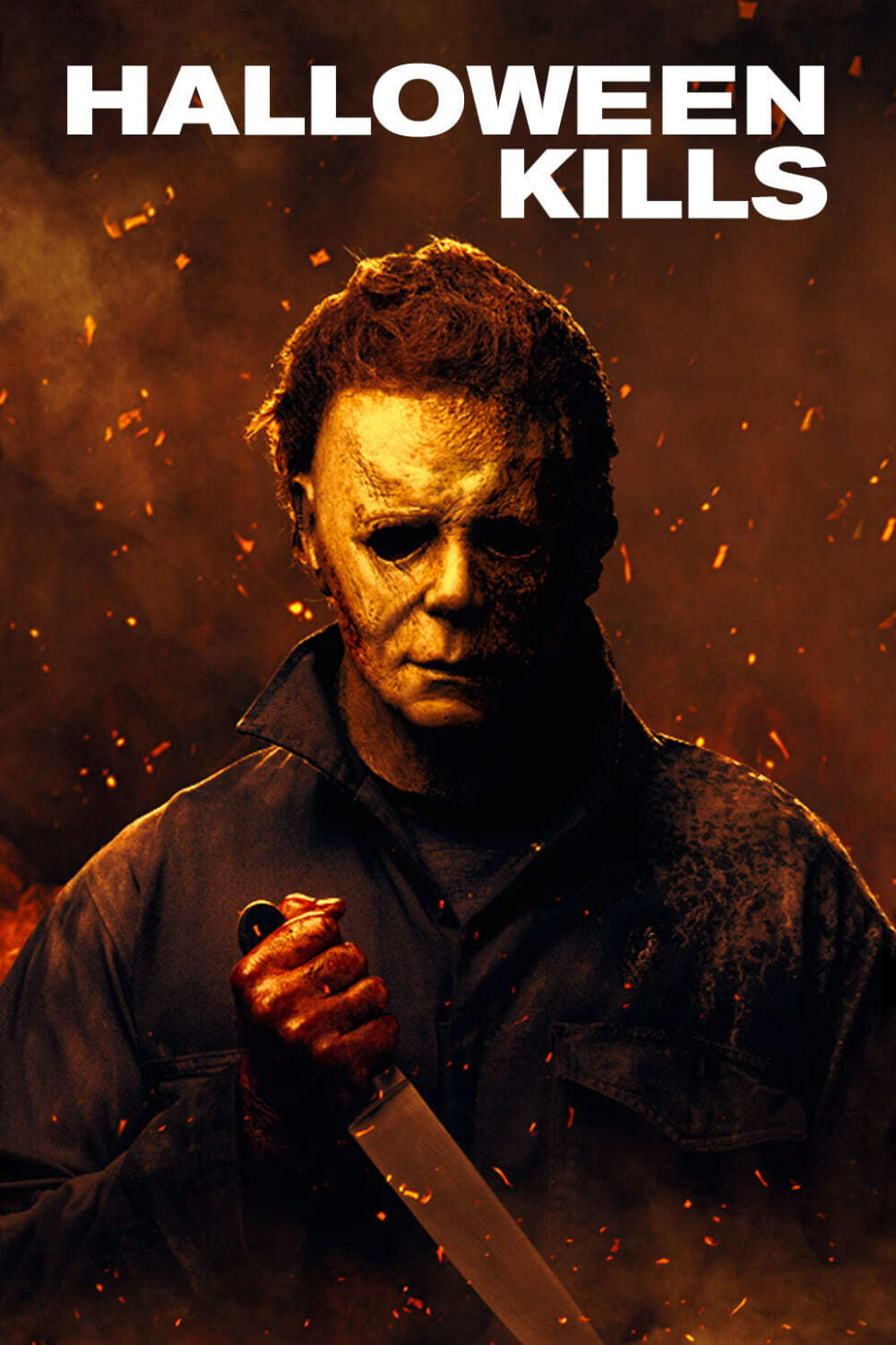As an audience, we can expect a multitude of things when watching a horror film, things such as plot, emotional responses, tension, disgust, plot twists, fear, shock and jump scares. We expect these things while watching these types of films, due to the common patterns we see in the specific genre; and each of these elements contribute to a great horror film. A good plot keeps the viewer interested and sucked into the film, emotional responses build a bridge of humanity from the actor/actress on the screen to the viewer, making them feel more human; tension, disgust, fear, shock and jump scares are all ways the directions keep the rhythms of the film up, keeping the viewers entertained and on the edge of their seats with uneasiness, giving them the iconic ‘horror film’ aspects. I’ve never been a huge horror fan, but I am obsessed with the Scream and Halloween franchise. In my favorite movie Halloween Kills, these patterns in movies are what makes it such an iconic movie. In Halloween Kills, the town is yet again trying to survive another night of terror by Michael Meyers, the unexpectedness of Meyers kills keeps the viewers on the edge of their seats in anticipation. The emotional responses and ways that the director films the movie, makes you feel a connection with Meyers in some ways, and makes you feel like you’re right there in the movie. In Halloween Kills, different visual techniques create a suspenseful and intense atmosphere that enhances the films thematic expectations, keeping the audience on edge the entire time. While directing the film, David Gordon Green, used various techniques such as framing and focus, pacing and editing, flashbacks, camera angles and movement, and lighting and colour. Green uses pacing and editing to heighten intense scenes of attack, and bring a sense of vulnerability and humanity to the more emotionally harder scenes to watch; he uses flashbacks from previous scenes in the Halloween movies to show the repitions of Meyers attacks over the years, framing and focusing was key in this film, when highlighting when people were in potential danger of Meyers; doing this creates a certain element of suspense that’s commonly found in horror films. Camera angles and movement throughout the film made Meyers seem larger, and more powerful. The anticipation of hopefully being able to see him without his mask in certain areas made it more interesting. A large pivotal point in the film was a scene of escalation and when the crowd at the hospital thought that they had found Meyers, which in the end resulted to an innocent man jumping to his death out of a hospital window in fear of being killed by the crowd; alongside of the obvious scene that displays endurance and hope, when Laurie decides to keep fighting against Meyers. With thinking that Meyers is dead, Laurie is resting and healing from the hospital; but when she figured out that he’s still alive and out there, she didn’t give up. Both of these scenes capture a thematic message through lighting, lighting, framing, plot twists, and emotional responses.

Provide Feedback